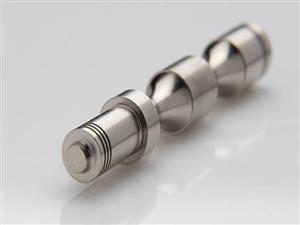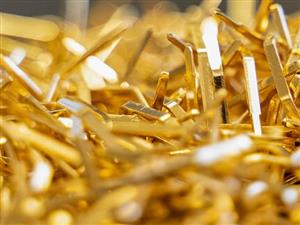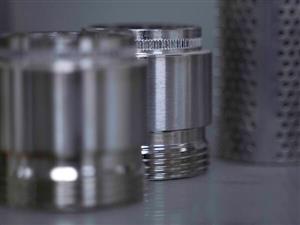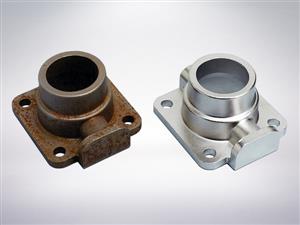AMBIKA INDUSTRIES
Featured Products
Highest quality standards are achieved through the implementations of latest technology, decades of experience and everlasting moral values , which have helped us to retain our customers as well as multiply them.
Welcome to AMBIKA INDUSTRIES
Blackaning

Black oxide, also know as gun bluing, is a conversion coating formed by a chemical reaction produced when parts are immersed in the alkaline aqueous salt solution operated at approximately 285-295 degrees F. The reaction between the iron of the ferrous alloy and the hot oxide bath produces a magnetite (Fe3 O4) on the actual surface of the part. It is possible to apply black oxide at ambient temperatures. You may not be able to achieve all of the benefits available from the traditional high temperature oxide process. The cold black oxide process can show color variations and the black material can frequently rub off. The cold process does not meet military or automotive specifications.
The Black Oxide process includes:
Cleaning
Rinsing.
Oxide bath.
Rinse
And in most cases a supplementary top coat, usually an oil to improve corrosion protection
In order to determine the appropriate top coat you should consider the length of protection required, the desired finished appearance (gloss/matte), storage conditions (humidity, vapor, temperature) and final application. Most testing for black oxide coatings is visual. It is important to note that the coating will mirror the finish of the substrate and does not level pits or scratches in the base material. There is also a rub or smut test and corrosion resistance is tested in a humidity chamber.
Benefits of black oxide coatings:
It does not create any dimensional changes.
It does not chip or flake .
It offers improved lubricity.
It is able to withstand high temperatures without discoloring .
It also can be welded .
It offers cosmetic benefits (gloss or matte) .
It is inexpensive to apply
Black Zinc Phosphate is another type of blackening available. This is a process where a relatively thick porous salt of iron, zinc or manganese phosphate is formed on the surface of iron or carbon steel. A few alloys of stainless steel will except this process, but not too well. The color in its natural state is various shades of grey, but the thicker variants can be dyed black or another dark color. The porous nature allows it to soak up oil or some other preservative, and this greatly improves it corrosion resistance. The thick porous nature makes for a rougher finish and is not as cosmetic as a black oxide coating.
Our Vision
* To embrace new technologies and methods. * To give unsurpassed products and services to the clients. * To constantly look for improvement and changes.










